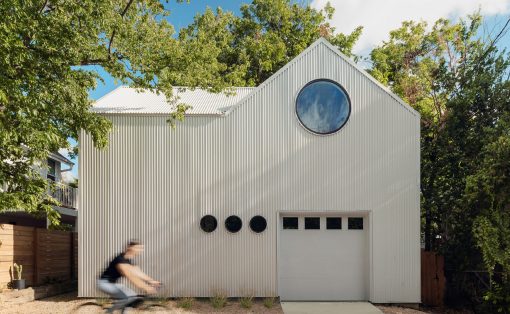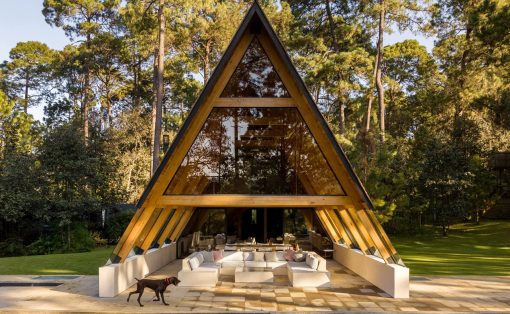
Prefabricated architecture has been gaining a lot of popularity and momentum recently! It basically involves making buildings or building various components at a particular location, one that is better suited for construction, and then once completed, transporting it to the final site or location. Prefab architectural designs have a multitude of benefits – they keep costs down, ensure projects are more sustainable and efficient, and they also prioritize and pay attention to simplicity and modularity. And we have curated a collection of our favorite prefabricated designs for you – from an AI-enabled prefab tiny home to a prefab traditional farmhouse with a contemporary twist – these prefabricated designs are a part of an integral growing trend in modern architecture, and could be the future of it as well!
1. Cube One
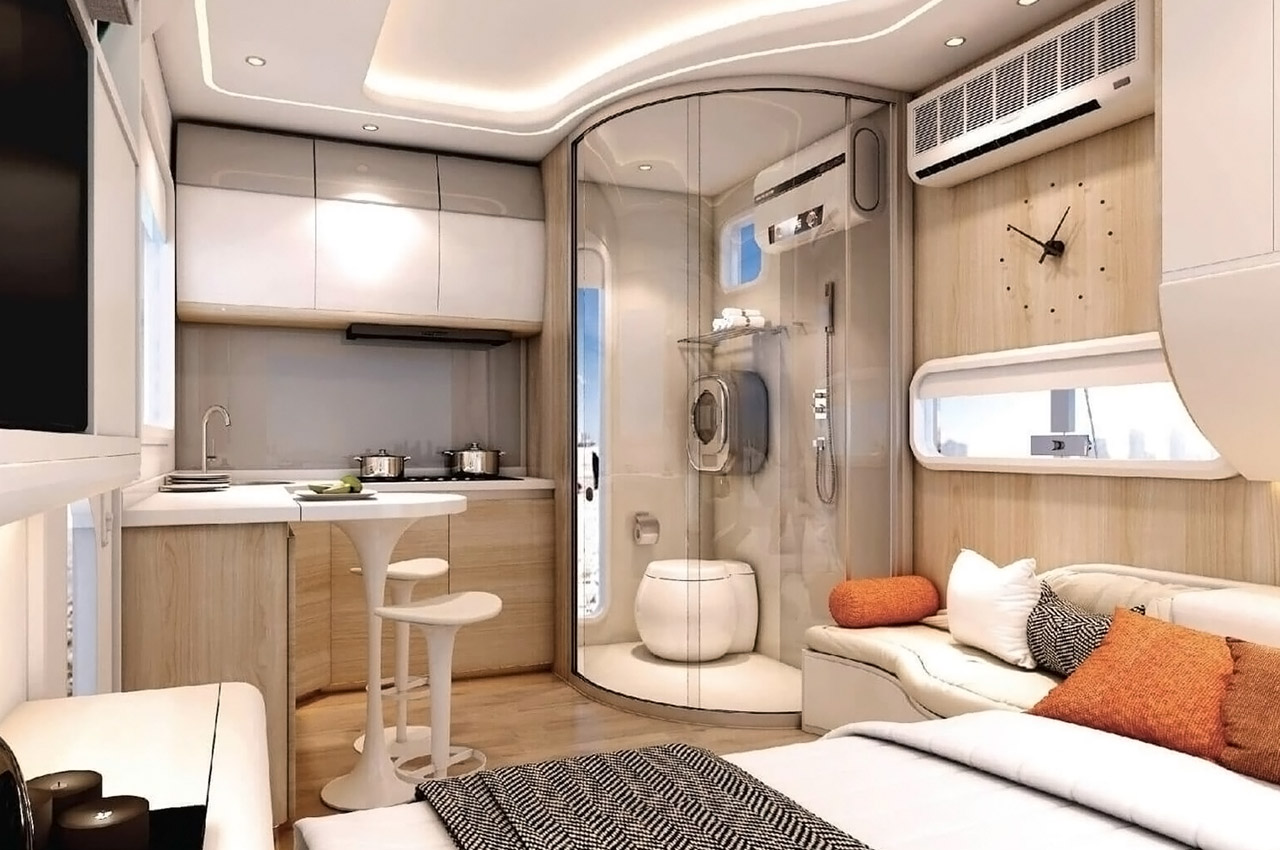
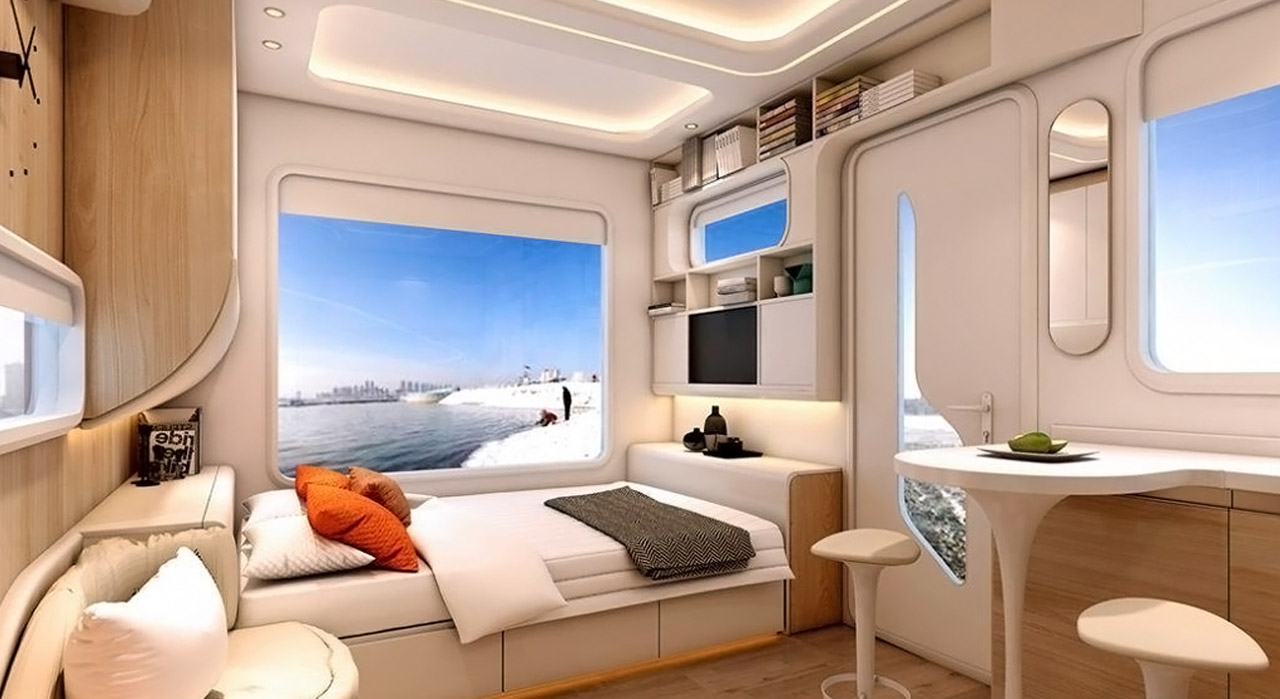
Low-cost, prefabricated, and ready to live in homes are all the rage right now! And tiny home builder Nestron has jumped on the bandwagon with their latest AI-enabled home ‘Cube One’. Cube One is a 156 square foot home perfect for all kinds of residents – from single youngsters to large families. The value for money home has been equipped with built-in furnishings, voice-controlled tech, and a galvanized steel shell that not only lends it a sci-fi feel but also protects it from extreme temperatures and natural disasters. Starting at $30,000, the Cube One can be shipped to any location in the world, and will be ready for you to move into from the moment it arrives!
2. The Friends Lab House
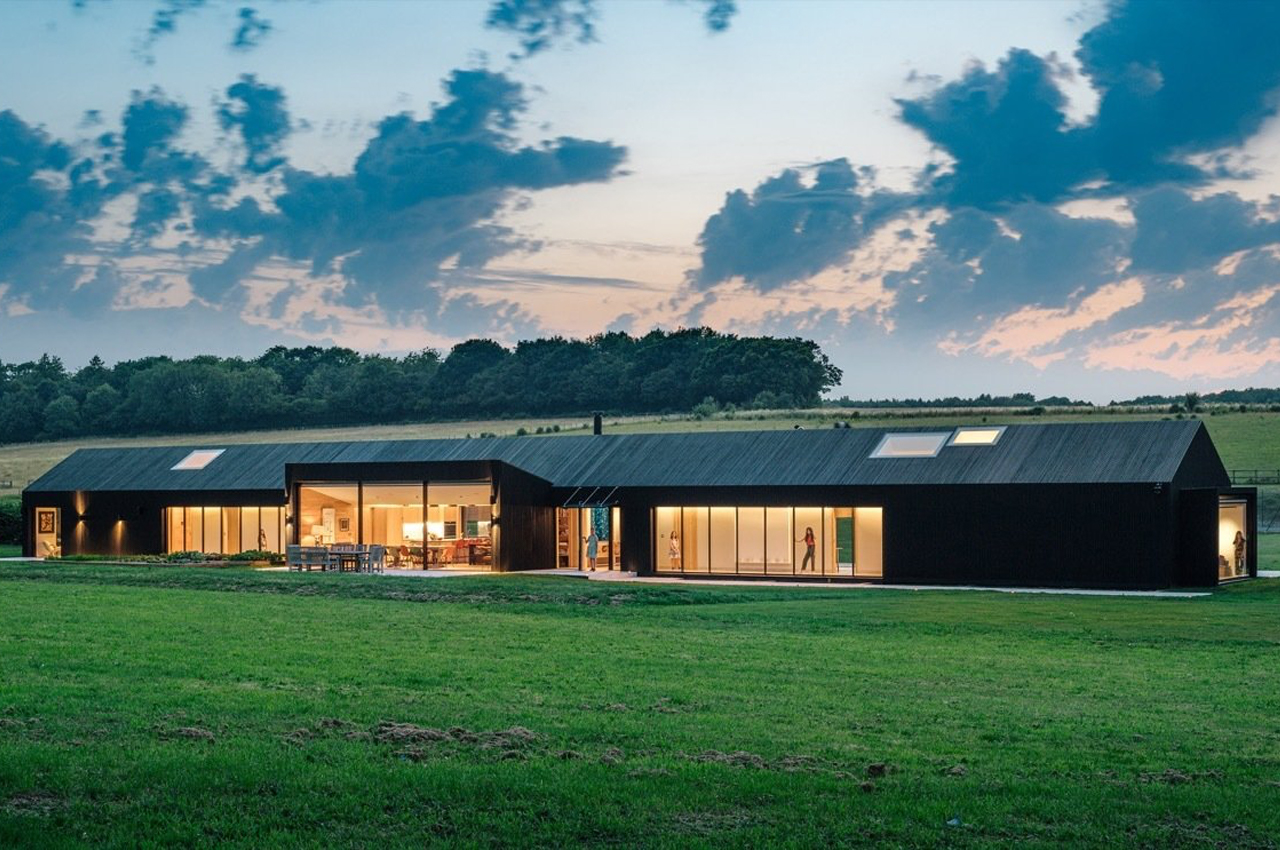
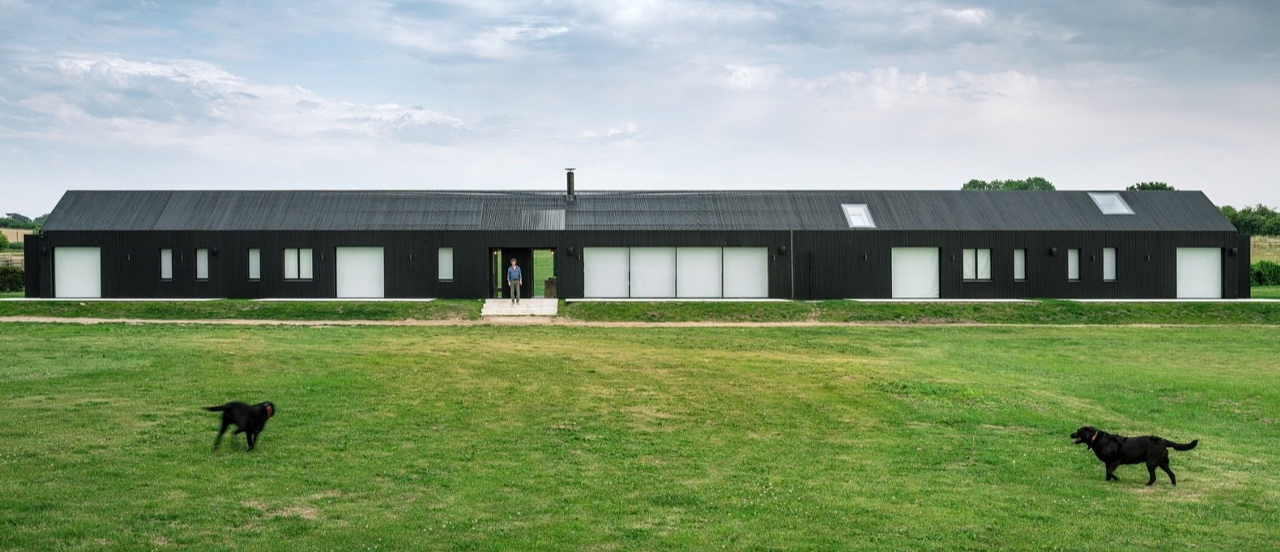
The Friends Lab House finds its veil with permeable black-stained Accoya timber batten screen cladding that hearkens back to the other blackened timber structures around the property. Just beyond the Friends Lab House, dense woodlands run parallel with the lengthy home, a subtle ode to the home’s sweeping surroundings. Describing the home’s initial plans, AMPS founder Alberto Marcos says, “A similar formal and color approach to the existing farm was used for the design of the new house, but reinterpreted in a thoroughly contemporary way, from structure to finishes and importantly, a very high level of energy efficiency.”
3. ARCspace
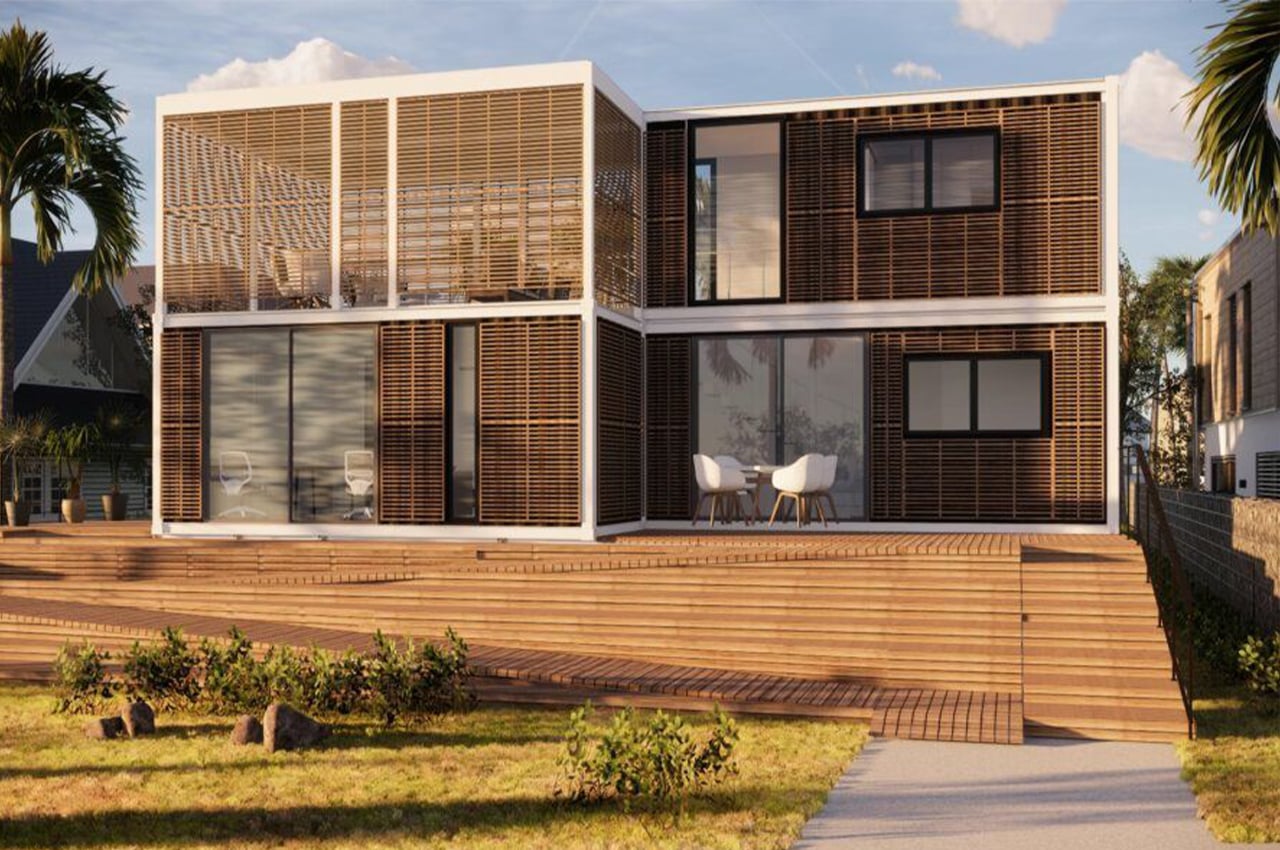
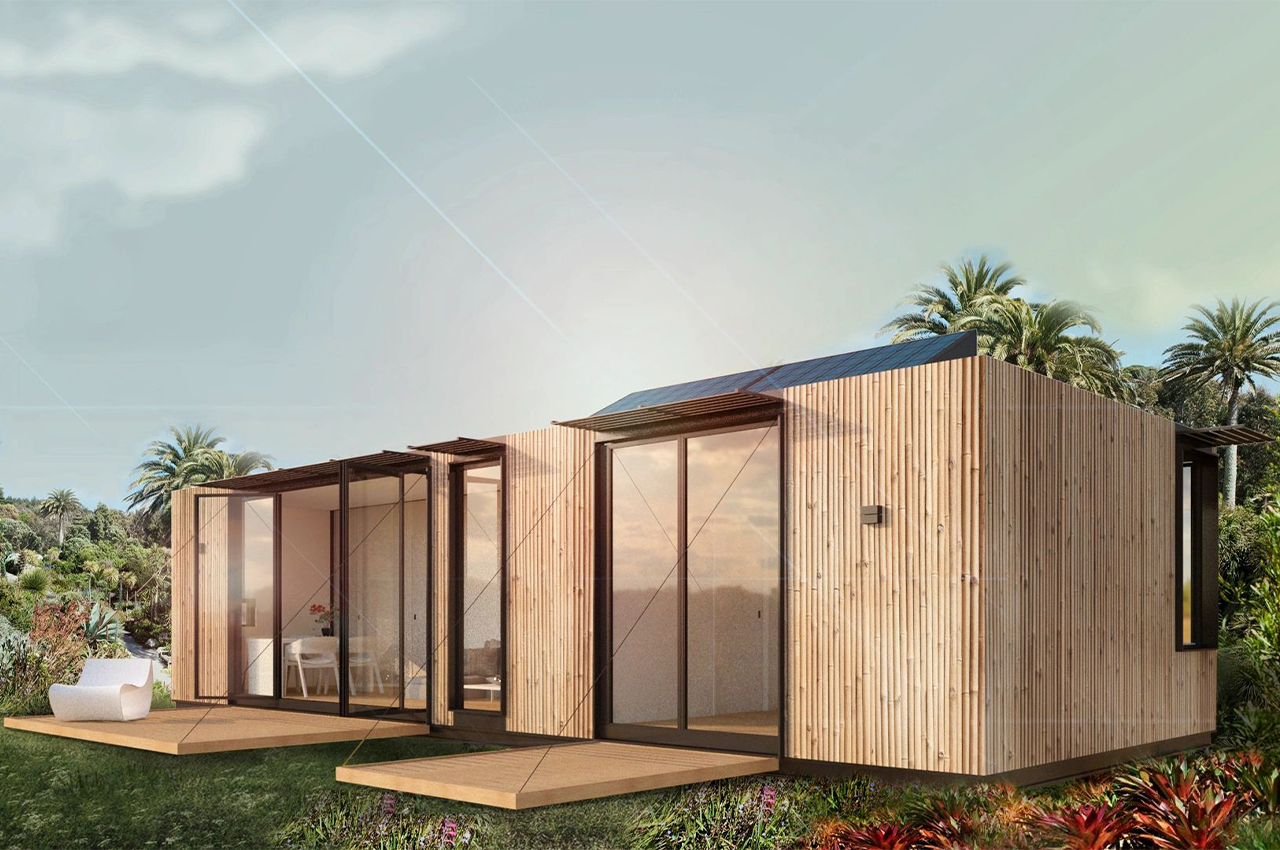
Meet ARCspace, a modular architecture firm that is constantly creating innovative designs and material development to do its part in curbing the emissions for their industry using sustainable, affordable, prefabricated homes. All structures are prefabricated for highly efficient and quick builds which reduce emissions and minimizes waste. ARCspace reports the buildings are “spec-built from the ground up in 40-60% less time and cost than traditional construction.” Residents can fully customize their tiny homes or even scale up to the size of traditional homes and have a huge range of interior design details to choose from including optional elements that provide off-grid power and water. Some homes feature self-contained atmospheric water generators called Hydropanels that are grid-independent and pull a few liters of drinking water out of the air each day.
4. The Amagansett Modular
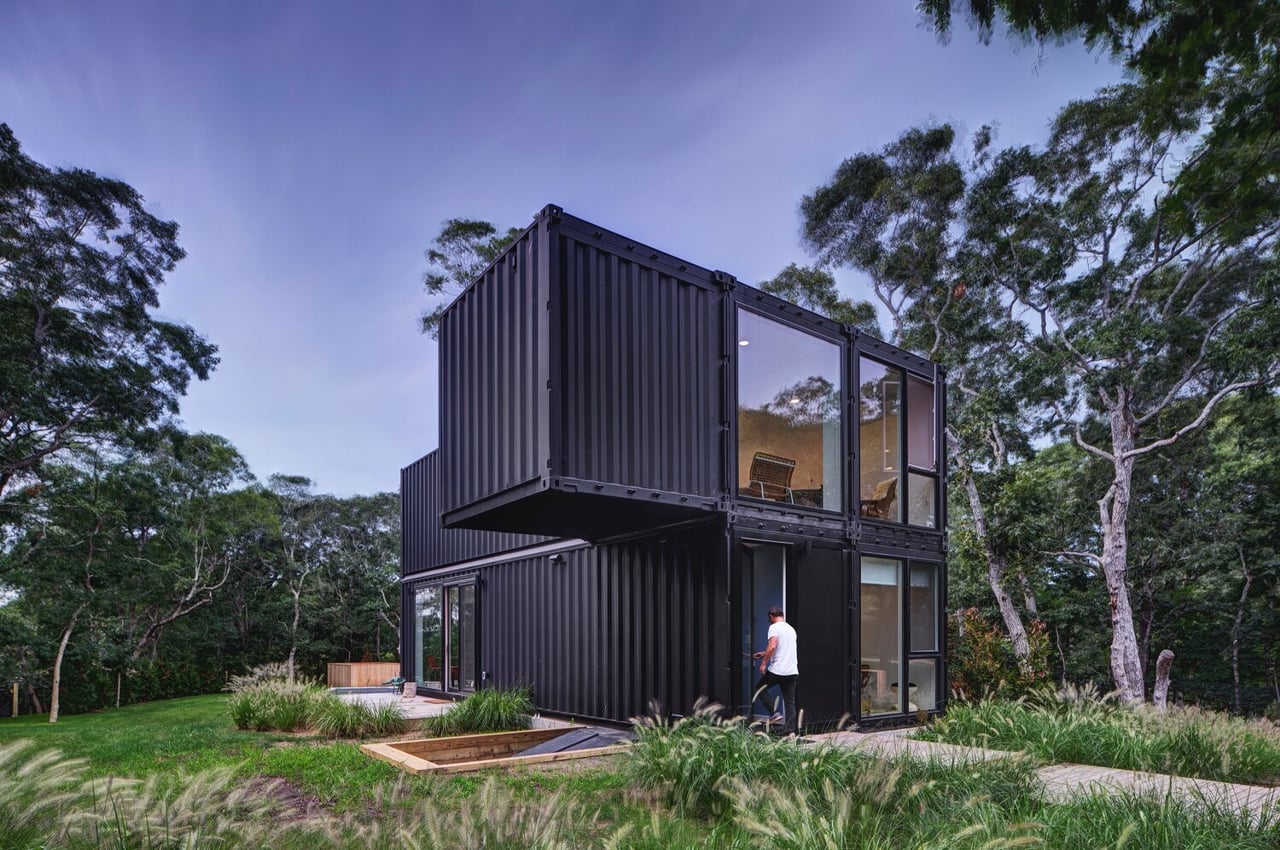
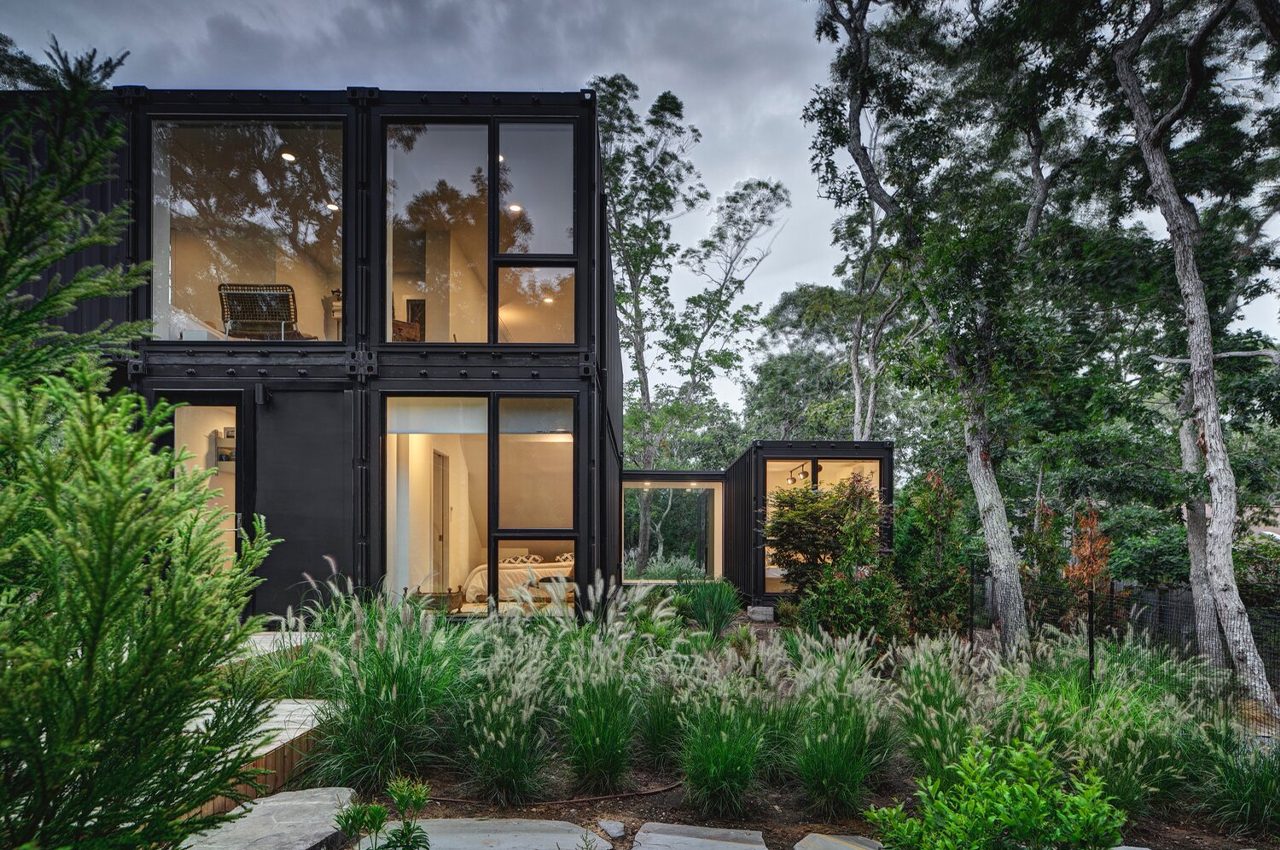
Located in Amagansett’s East Hampton village, the Amagansett Modular is one of many modern homes that take disused shipping containers to construct modular houses with little waste. Considering the durable and inexpensive nature of shipping containers, they’re the ideal option for building prefabricated homes and MB Architecture is no stranger. Modeled after their circa-2008 insta_house, the Amagansett Modular home is a custom design for a family of four. While the insta_house is a scalable, prefabricated structure formed from four stacked shipping containers, the Amagansett Modular house takes on two additional shipping containers to meet the couple’s requirements.
5. Iniö
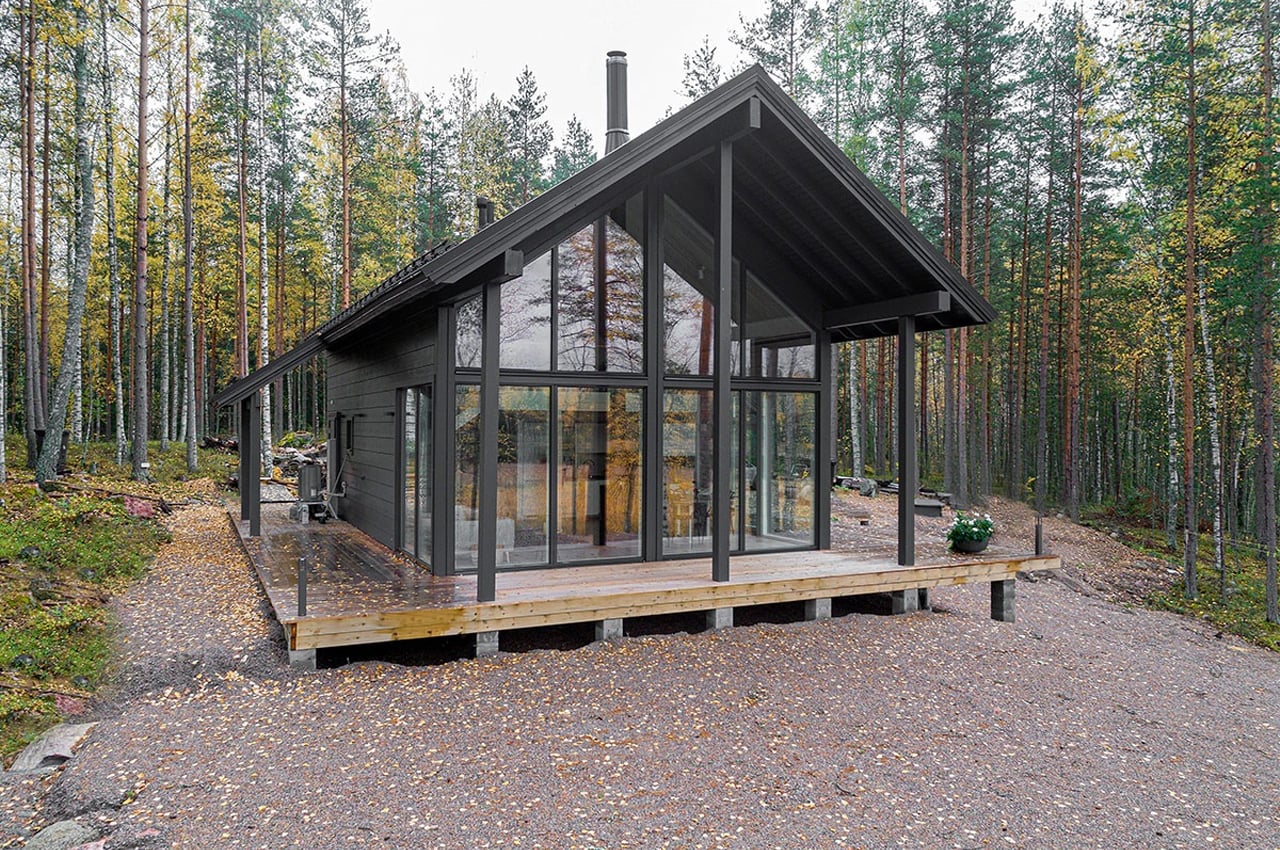
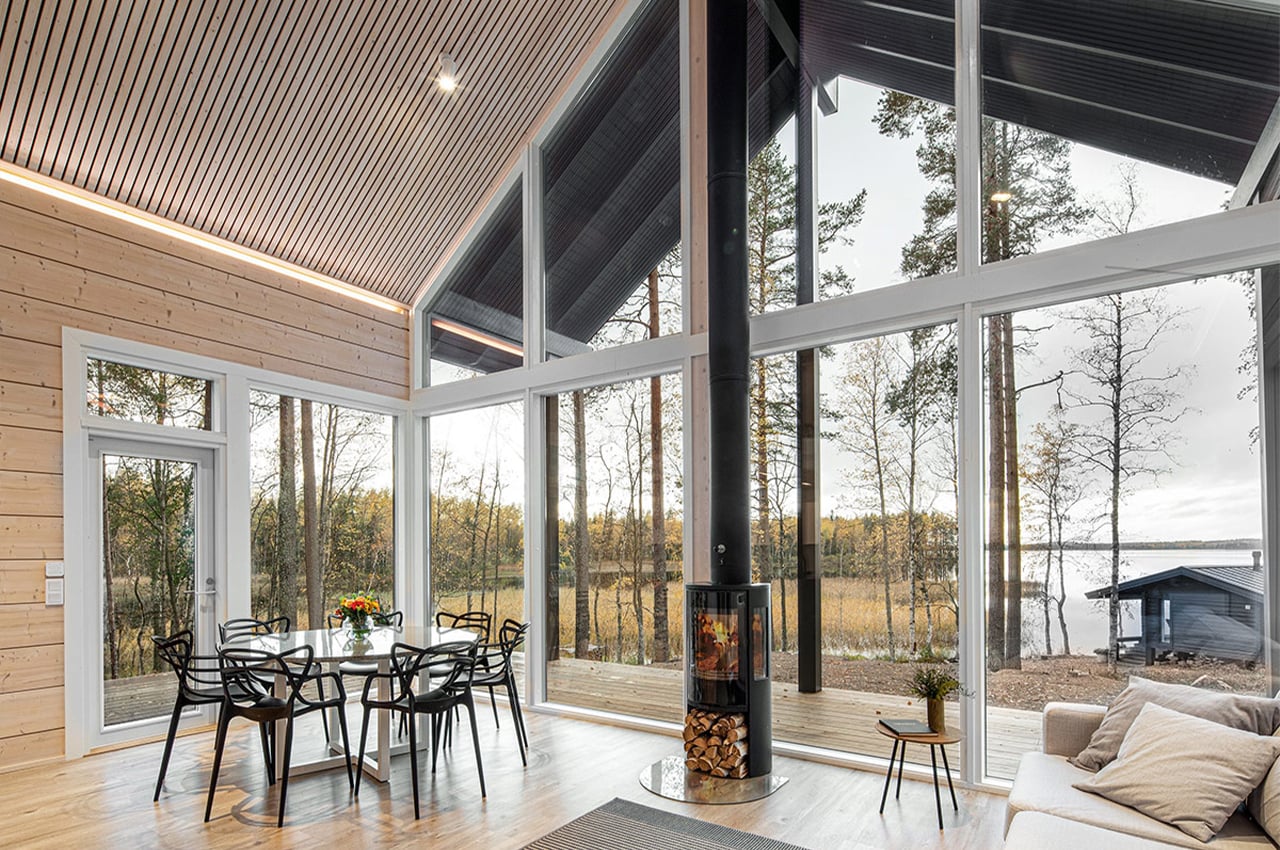
Iniö is a prefabricated log home from Pluspuu designed for a Switzerland-based Finnish couple who’d like a holiday retreat in their hometown of Heinola. Pluspuu knows log cabins better than we do. Based in Helsinki, the prefabricated log cabin design company constructs high-quality log houses and cabins alongside Pirkanmaa-based Ollikaisen Hirsirakenne Oy, a family-run cabin construction company with over 40 years’ worth of experience. For a Finnish couple who relocated to Switzerland, Pluspuu’s prefabricated Iniö log house came as the ideal home for holiday retreats in their hometown of Heinola.
6. Villa Timmerman
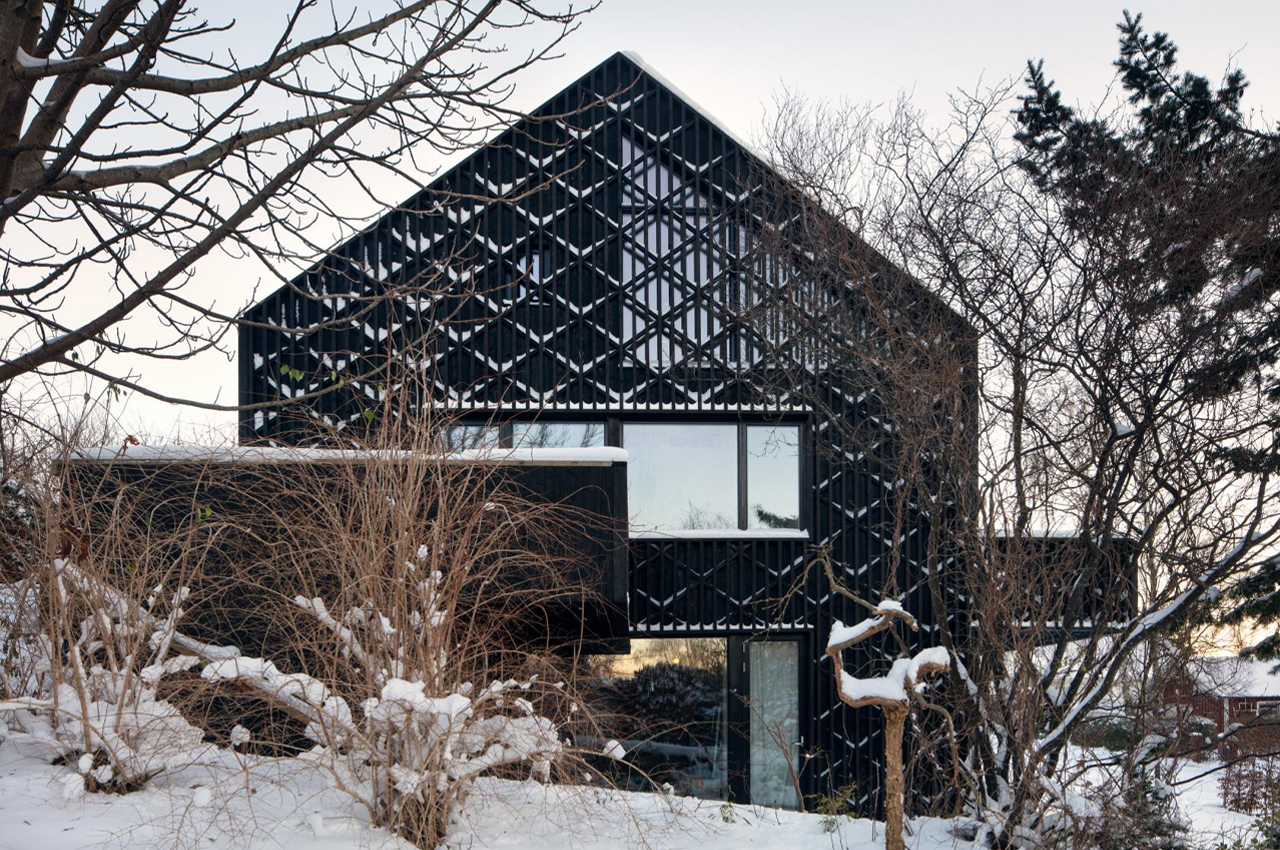
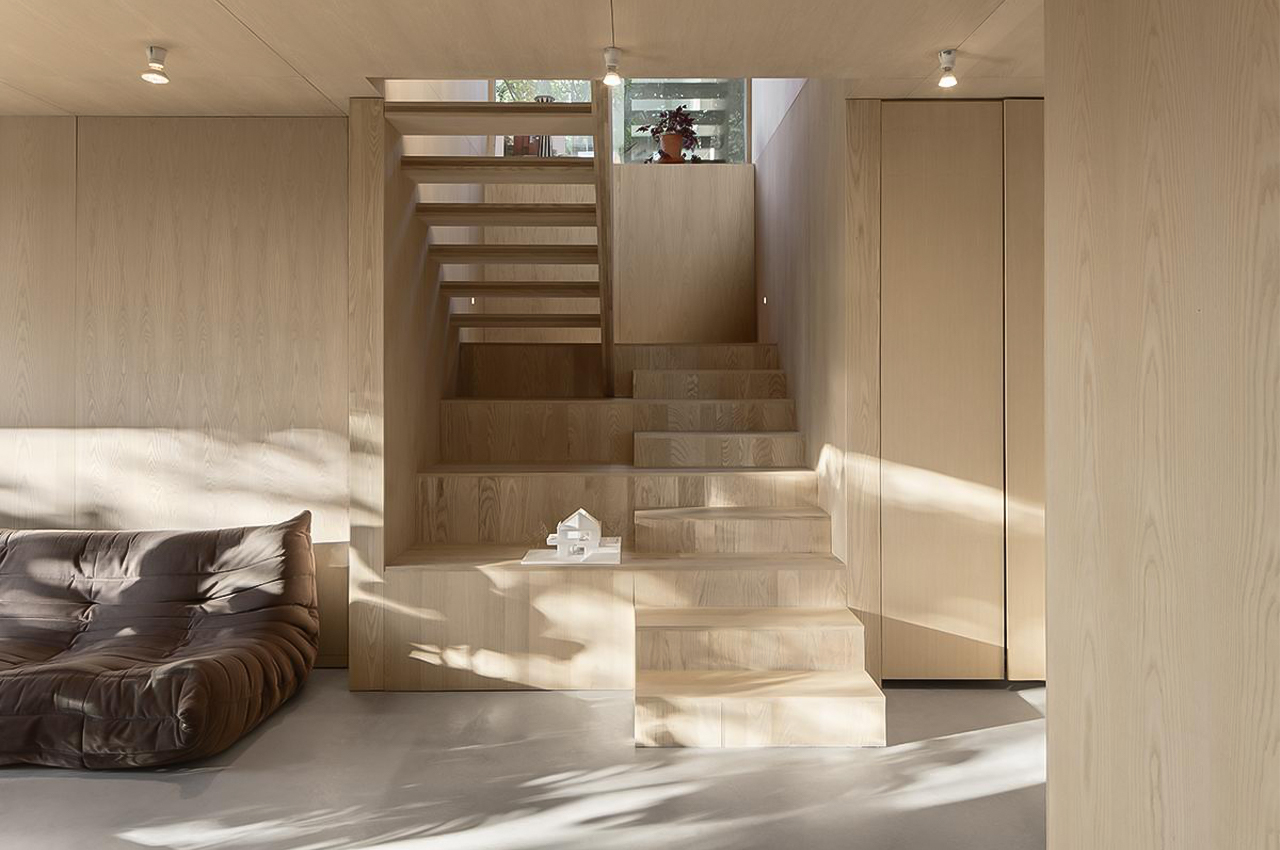
Defined by windows covered by over crossed grilles that form the shapes of diamonds and vertical beams, Villa Timmerman draws in ample sunlight from each side to create beautiful lattice shadows inside. The architects also note that “The grid was an experiment that proved to work well as extra protection against solar radiation on the façade and as a protective layer against the drifting rain on the west coast.” The villa’s location was in fact chosen so that sun would enter the house from at least one side at all hours of the day so that extra protection was necessary.
7. The Falcon House
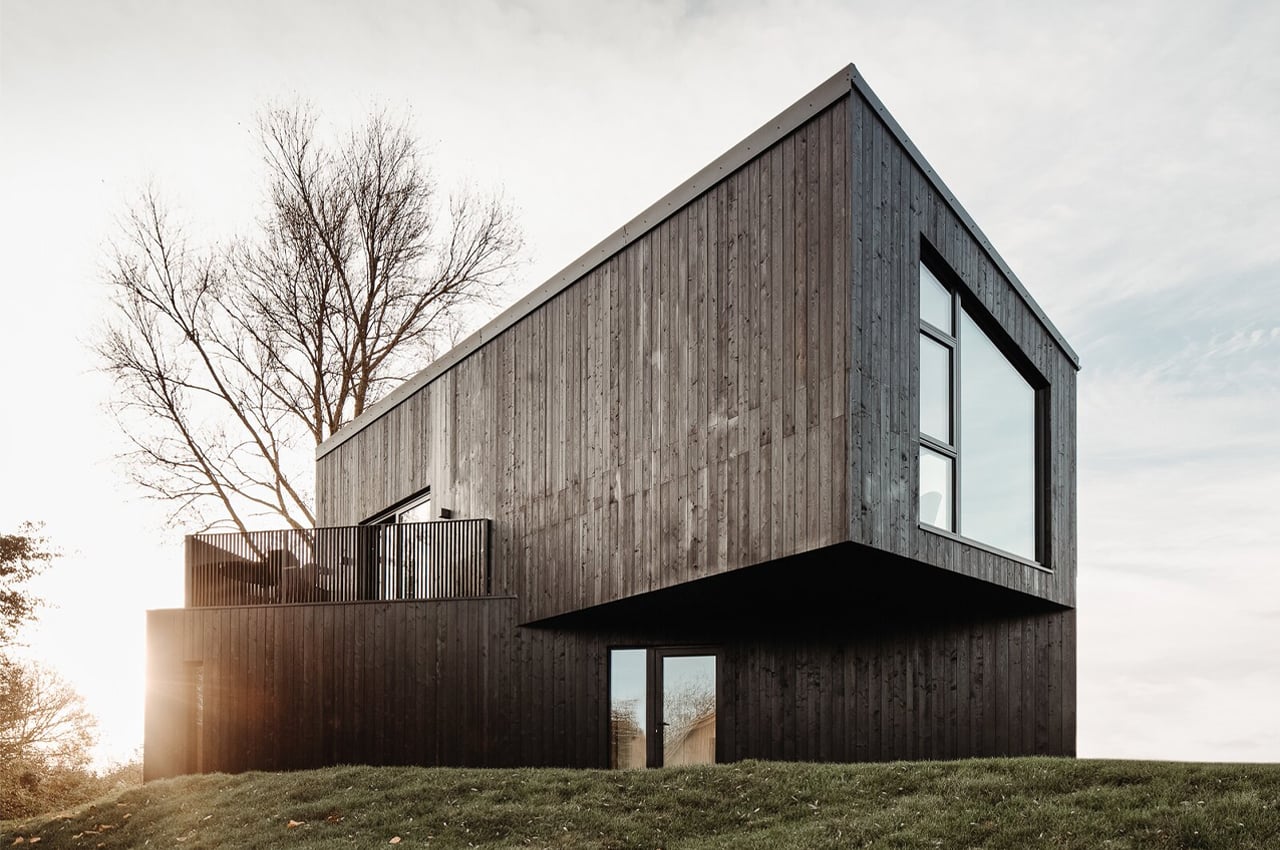
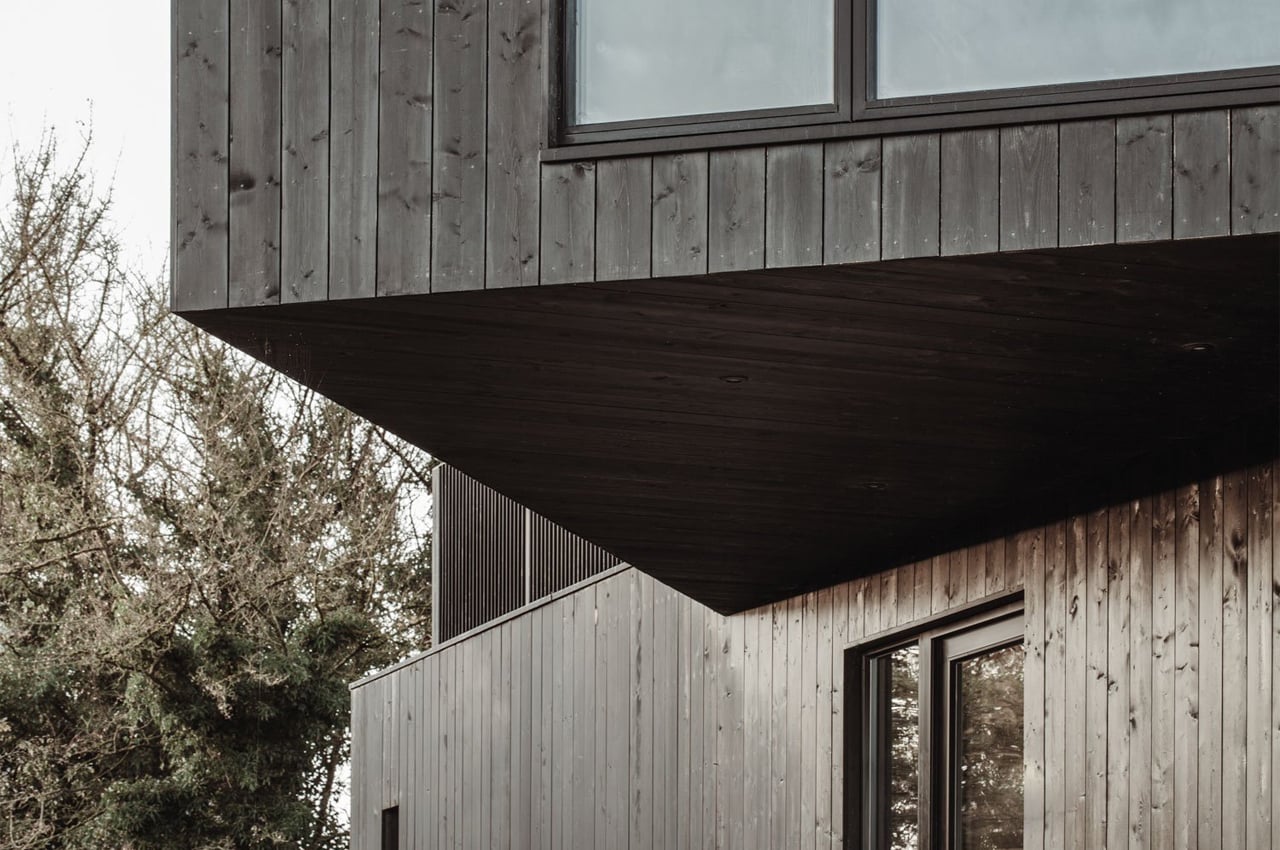
Partly immersed in the surrounding woodlands, the Falcon House pokes through from the nearby forest with sharp angles and a geometric silhouette. Conceived to maximize the total living space and available views of the surrounding landscape, Koto flipped the Falcon House’s layout upside down. Nicknamed the Upside Down Home, Koto’s latest home is defined by two cuboid modules stacked almost perpendicularly together.
8. VMD
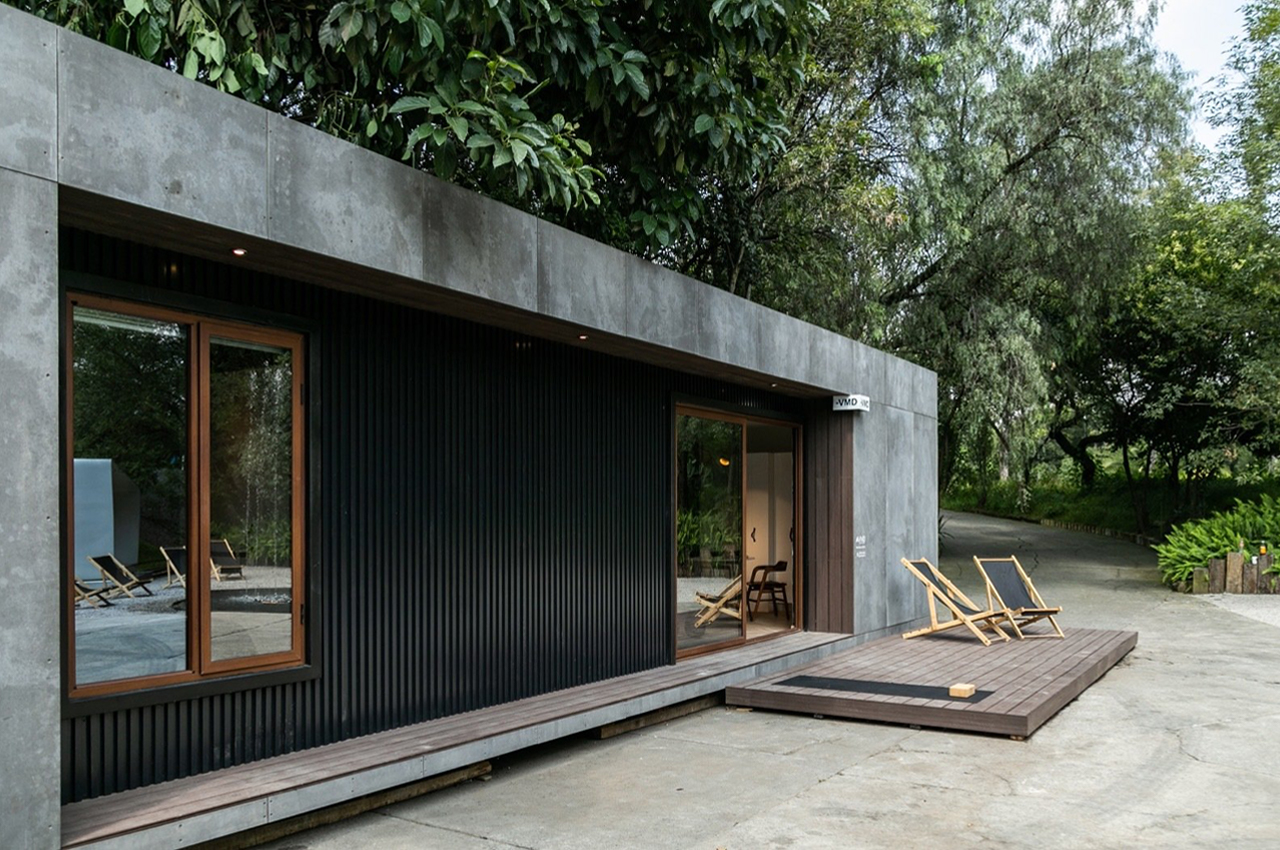
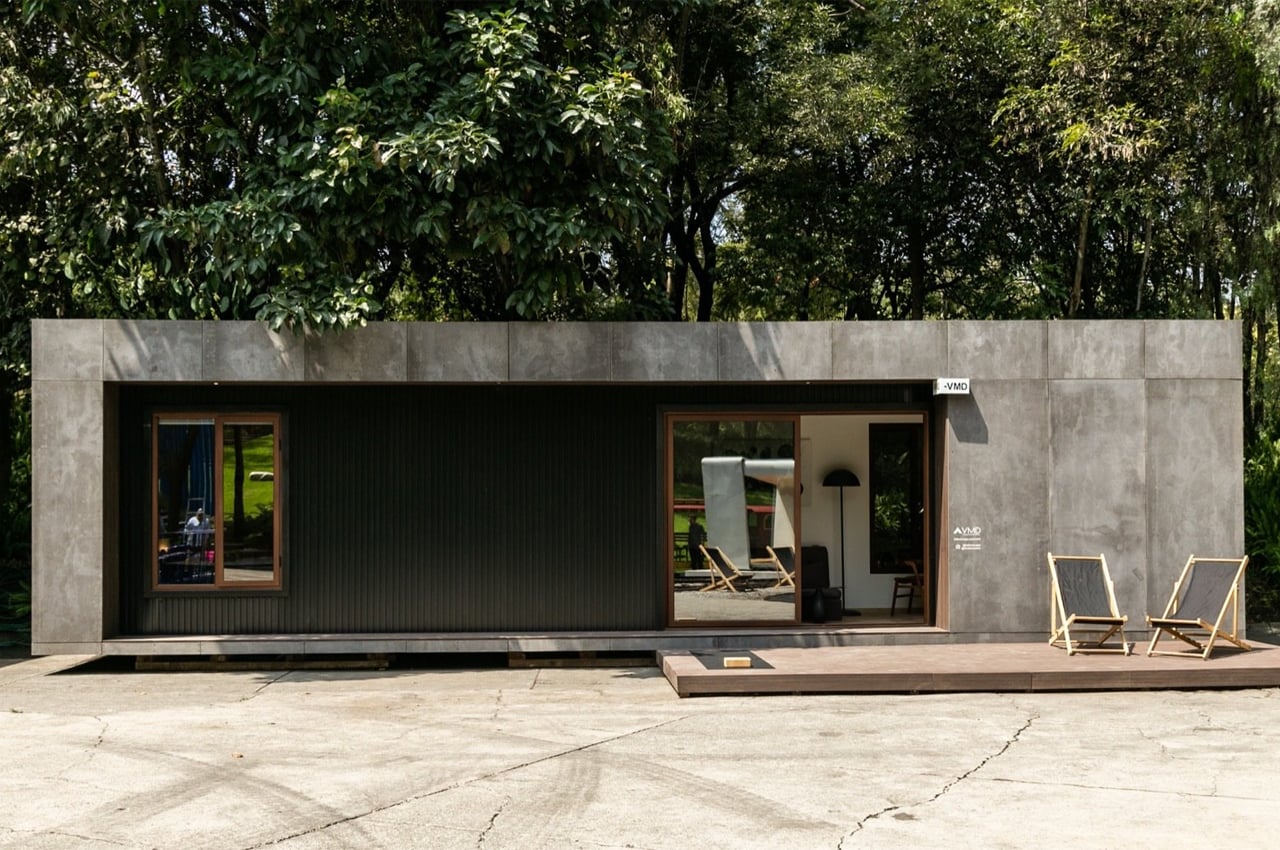
VMD (Vivienda Minima de Descanso) from STUDIOROCA is a line of prefabricated tiny homes built from disused shipping containers in Mexico, with an interior equipped with off-grid capabilities and simple luxuries. STUDIOROCA designed the line of prefabricated homes to provide a “no-fuss, low-cost building solution,” outfitting the exterior and interior with environmentally friendly materials and smart home automation systems. Tracing the interior’s open layout, each one-bedroom shipping container provides an open-plan kitchenette, a dining area, and living space on one end, then a bathroom and storage space can be found in the middle, whereas the bedroom finds privacy on its own end.
9. Exosteel
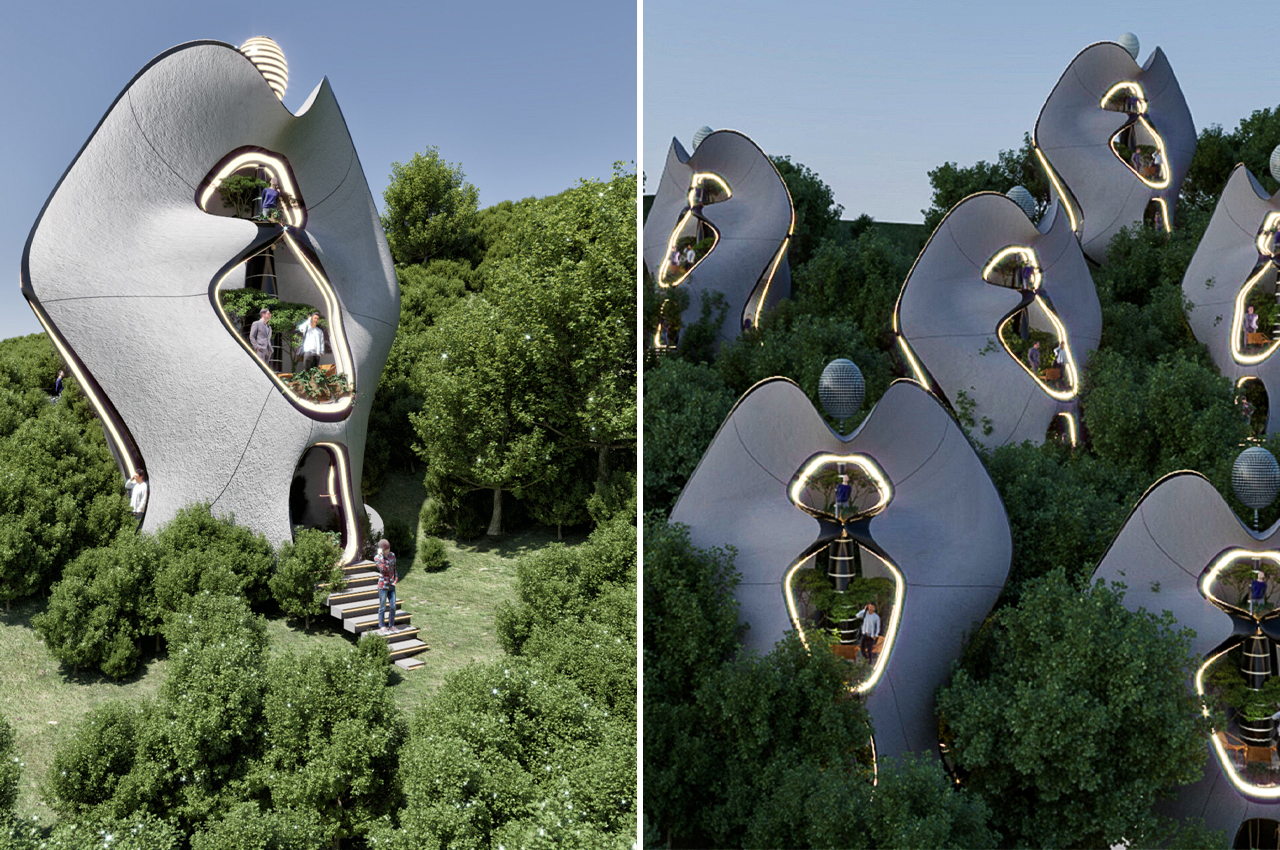
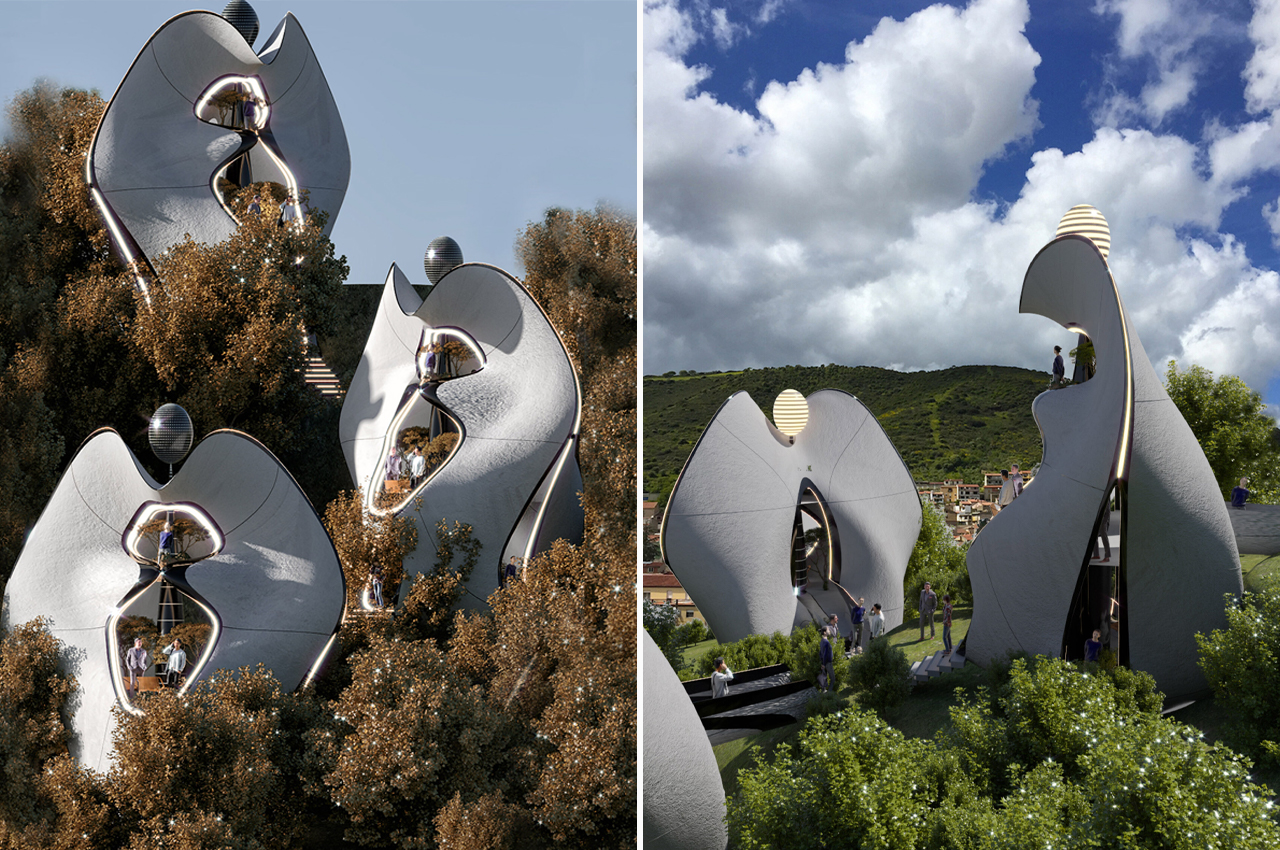
Exosteel comprises a group of modular steel homes that would be constructed using a 3D-printed construction system that supports and distributes all the functional elements of the building. Mask Architects co-founders Danilo Petta and Öznur Pınar Çer felt inspired by Costantino Nivola’s sculpture work, in particular a travertine sculpture called ‘La Madre.’ Punctuating the terrain of a sloping mountainside in Sardinia, Exosteel is comprised of heart-shaped, white homes with center ‘energy towers,’ oriented in the same way as the head on Nivola’s ‘La Madre.’
10. Hüga
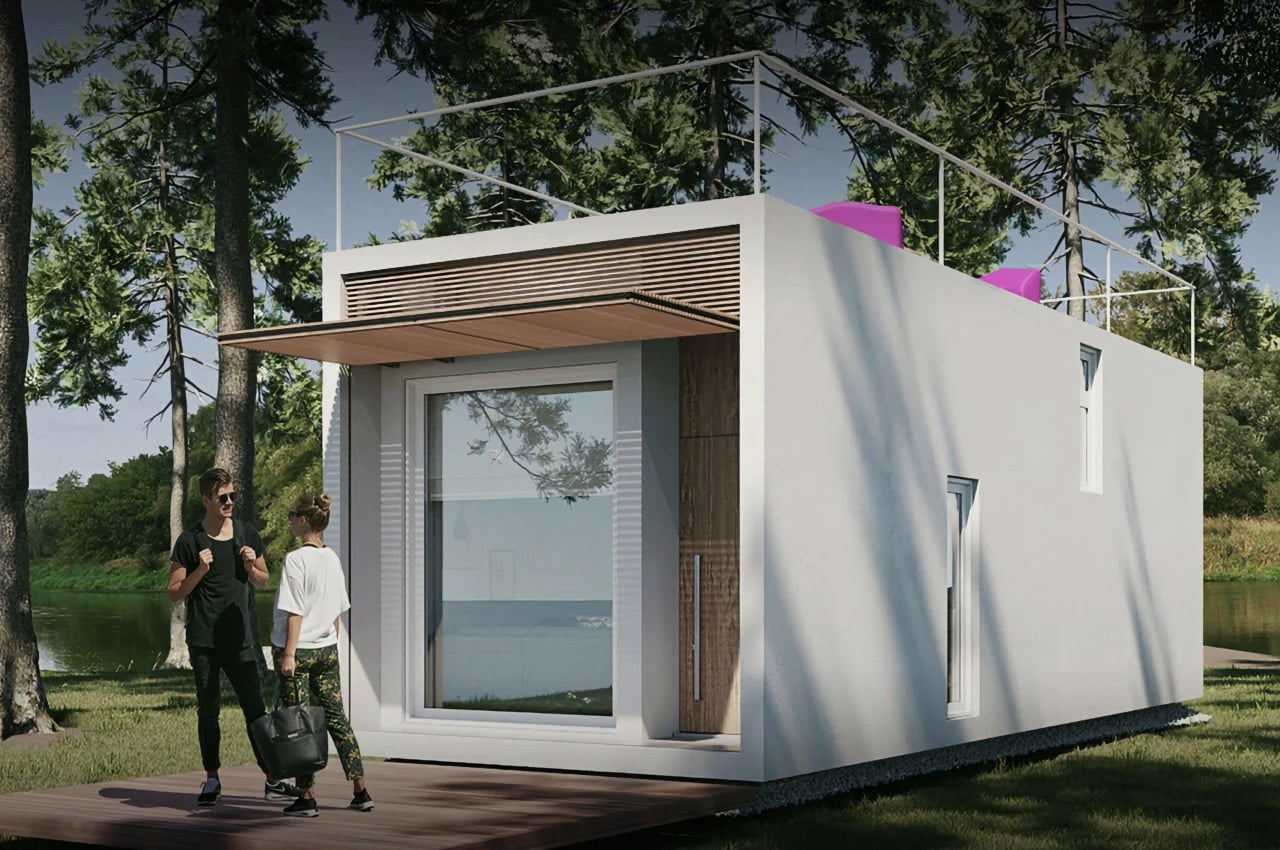
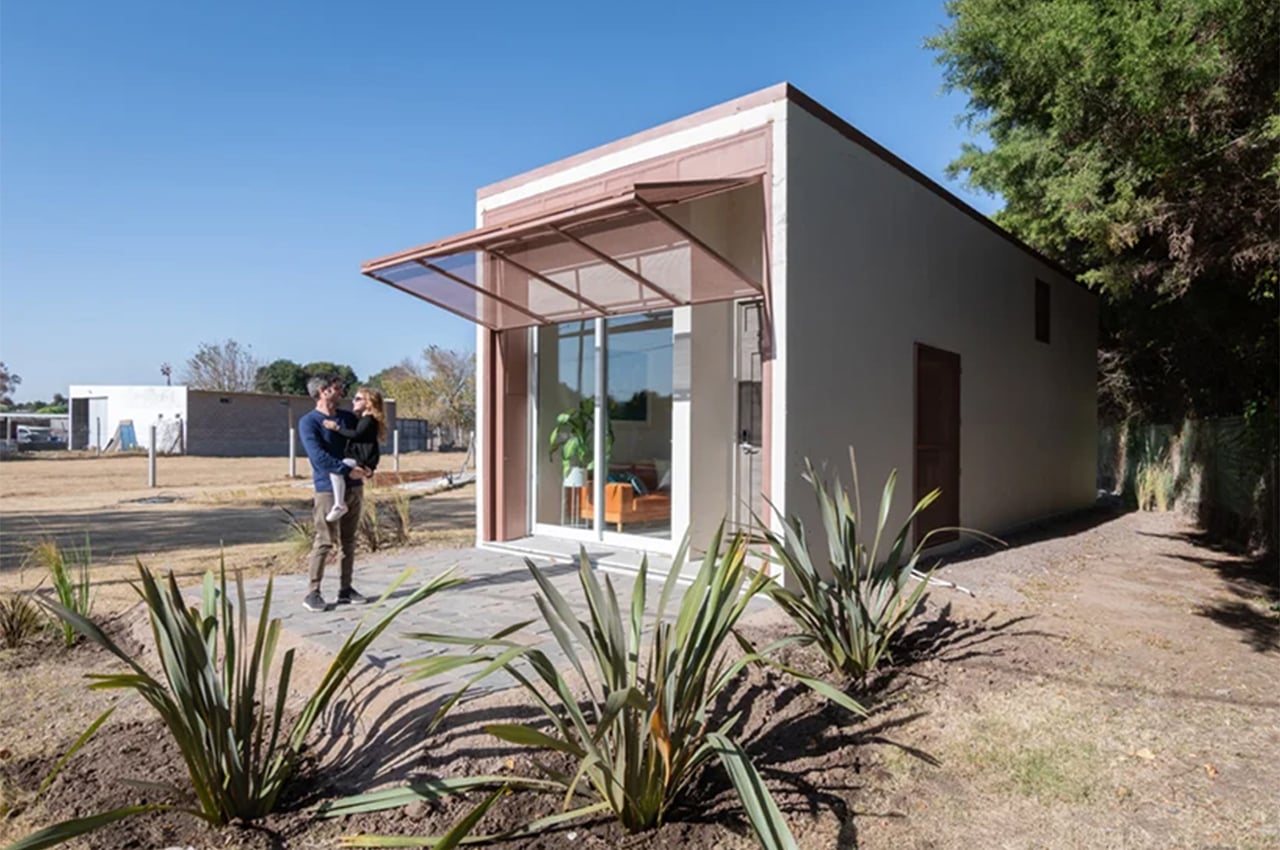
Developed from the Danish word Hyggee, Hüga was conceptualized, designed, and built over a span of 24 months, during which Grandio’s team of designers were able to produce a 45 m2 residence with space for a bedroom, living room, bathroom, kitchen, and dining area. The final results are these hüga units that are built with reinforced concrete and designed for minimal maintenance as well as reducing your energy costs. These compact homes can withstand all climates and adverse conditions, including earthquakes, wildfires, and hurricanes. Hüga homes are also mobile and modular so much so that you can extend your house in plan in just one day. Weighing about 55-Tn, Hüga requires a team and machinery for transportation but can be placed according to the prospective resident’s preference.



